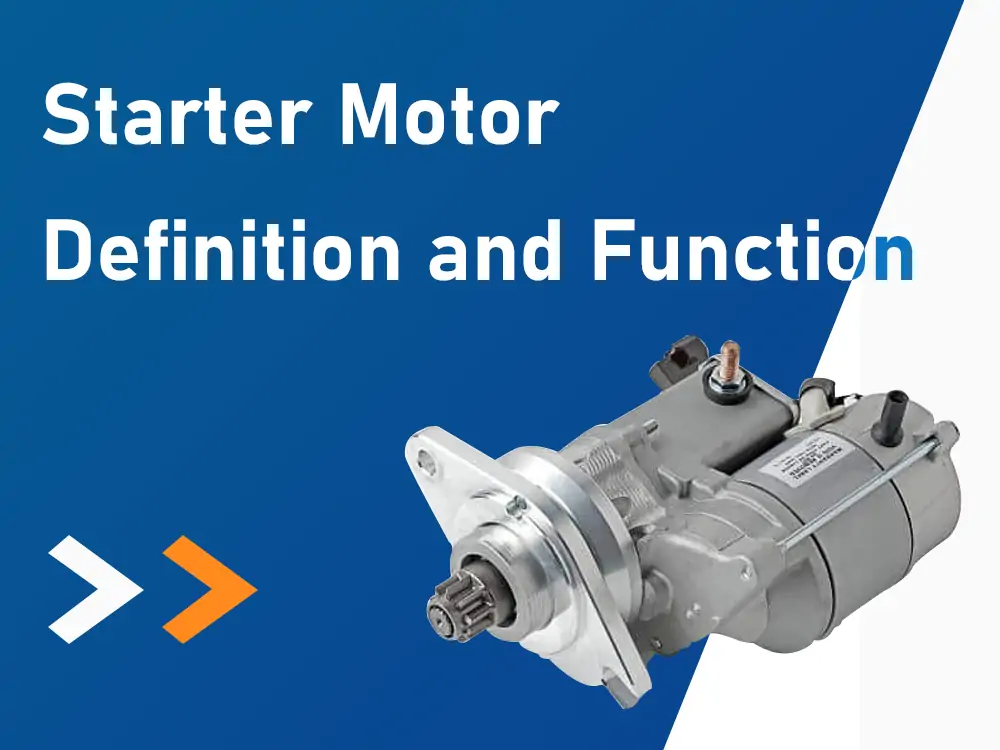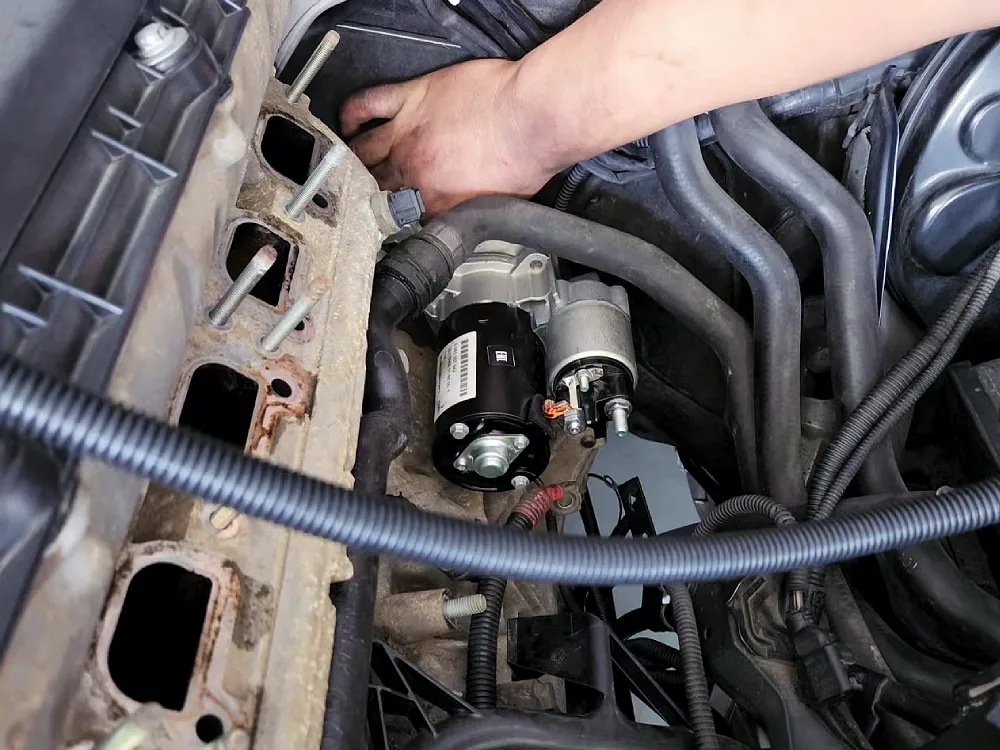
Introduction
A starter motor plays a very important part in your vehicle’s workings. It ensures that your wheels turn and the rest of the car is powered.
If your starter motor wasn’t there, your vehicle wouldn’t work.
Knowing its components and functions is essential so you can notice when something is wrong.
Plus, taking it to the mechanic would be much easier if you knew the problem.
But alas, most guides use so much jargon that it hurts your head. It’s hellish to understand. So, I wrote this detailed guide to all the starter motor components.
Basic Function of a Starter Motor: What Turns Your Wheels
A starter motor turns the crankshaft, which rotates the wheels on your vehicle. Simply put, the starter motor is why you can drive your car and commute easily. Learn more about how starter motors work.
Key Components of a Starter Motor
You need to know your starter motor parts. What is it that drives your car? You’ll never be fooled by unsavory mechanics ever again!
Electric Motor: the Generator
The center of a starter motor features an electric motor. Usually, it’s a DC (direct current) motor arranged in a series.
This motor generates the torque, or force necessary to turn the engine at the starting moment.
Ignition Switch: Turn Your Starter Motor On!
An ignition switch is present in any vehicle’s main control panel. It is what starts the ignition system of a starter motor, and the main electrical systems.
When turned, it signals the solenoid to start the sequence. It’s just like a main switch—but for your vehicle.
Battery: The supplier
Vehicles have starting, lighting, and ignition (SLI) batteries. In simple words, starter batteries. These are designed to give a powerful electrical current upon ignition. This current is what powers the starter motor.
Solenoid: Moving the Pistons
Solenoids are metal wire coiled into a tight, spring-like shape. They create a magnetic field once a current is passed through them. This magnetic force attracts the pistons and moves them back and forth.
Solenoid engines create less pollution and are generally more efficient. In a starter motor, the pistons are the drive gears.
Once you turn the ignition key, the solenoid sends current to the starter motor and engages the drive gears.

Bendix Drive Gear Puts Everyone on the Same Page
When the starter motor, well, starts, it turns. The drive pinion assembly increases torque. Initially, it goes against the direction of the starter motor, as well as the flywheel or flexplate.
The Bendix gear ensures that the teeth of these three align sooner rather than later so they can spin properly. Simply put, it connects the motor and ensures every starter motor part is on the same page.
This prevents your car starter components from wearing down because their teeth are not aligning.
Starter Relay: Savior of Your Starter Motor
A high-powered current like the one provided by your battery is too powerful- it would burn all your starter motor parts.
A relay is there to prevent that exact situation from happening. It manages the high-current electricity from the battery through a low-current circuit.
It is like narrow water pipes, so you don’t get hit by a huge wave.
Mounting Bolts and Housing: The Glue
Mounting bolts securely hold your starter motor to the engine block. The housing shelters the starter motor from environmental damage, which increases its lifespan. And how long does a typical starter motor last?
The car starter components are protected. Both provide structural support; without them, your engine would collapse.
Overrunning Clutch (Bendix Drive); Safety Mechanism
Once the engine is running properly, it must be disconnected from the starter motor. Otherwise, it may damage and wear down both starter components.
The overrunning clutch is present to safely disengage the drive gear. It ensures your engine doesn’t erode after a few uses.
Conclusion
You must know how something you use regularly works- in this case, your vehicle.
Car starter components are complicated but interesting. You can clock any damage or issues if you are aware of them. Here are 5 common signs of a damaged starter motor.
Plus, you’ll know what you’re talking about during inspections. Now that you’ve read this article, you can be sure your engine will run reliably for a long time. If you find a problem and can’t fix it, be sure to replace it promptly.
